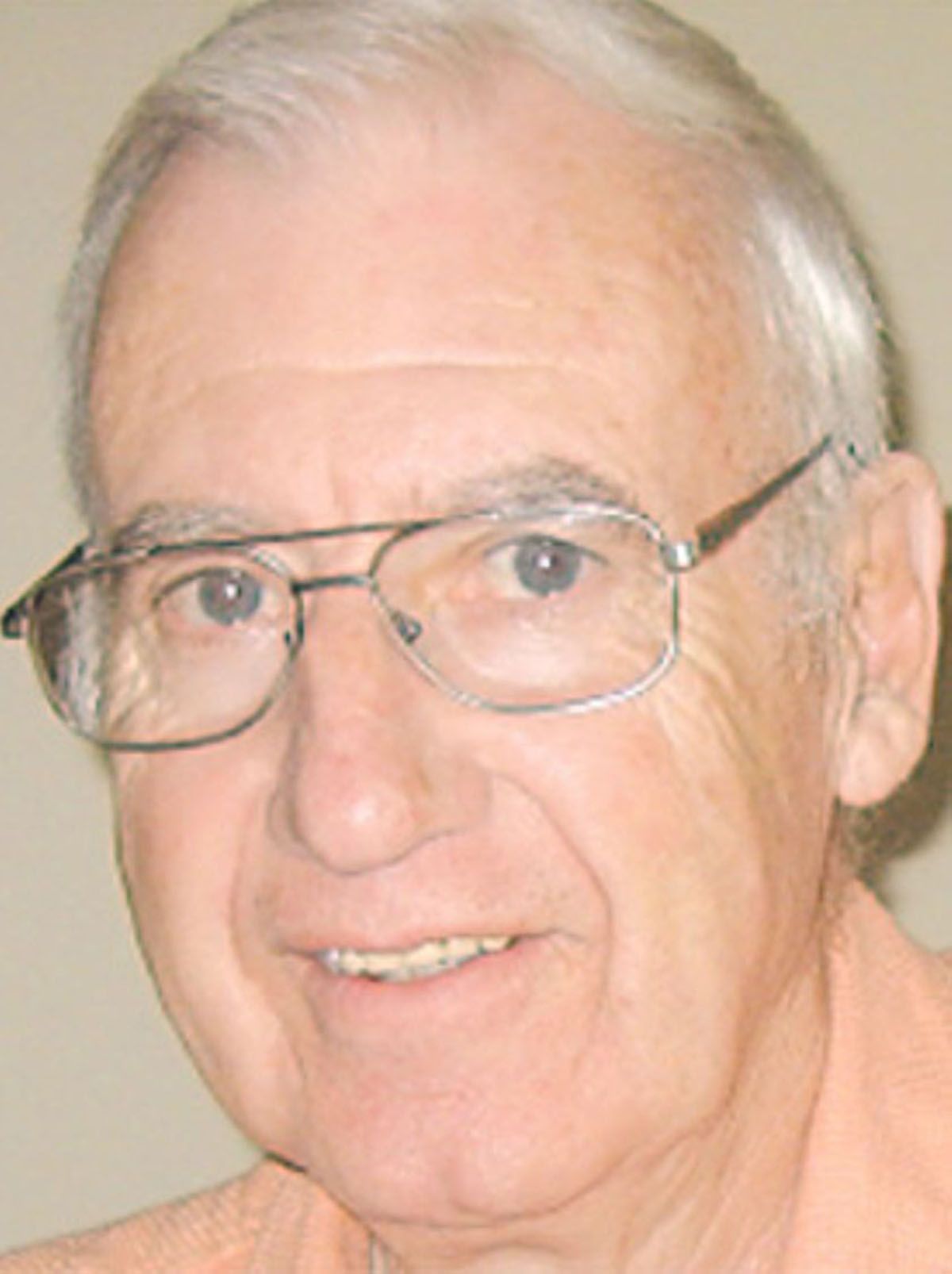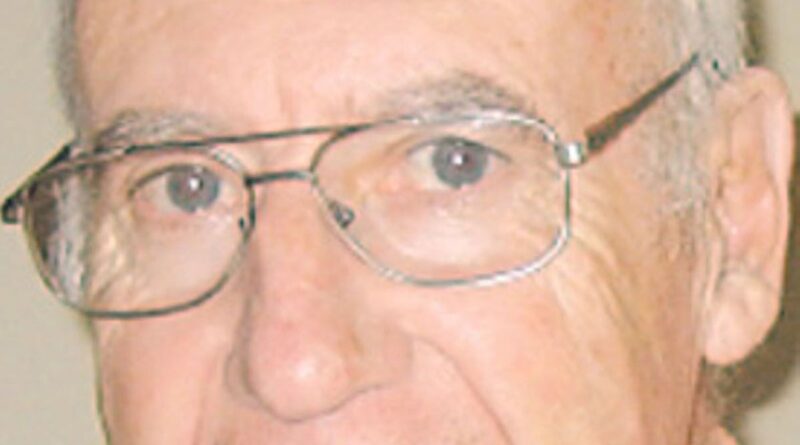Those living their gender preference deserve our support – The Sault Star

Article content
Last week I wrote in support of the Drag Storytime event that had been held at the James L. McIntyre Centennial Library.
Did I know what I was supporting?
Yes. I see it as an event sponsored by a part of what is a diverse group looking for inclusion in our society.
Do I understand it?
Not really, but I am trying.
You have to cut me a little slack here. I am an old-school straight heterosexual who is doing his best to keep up with developing trends.
Growing up in the tolerant Millroy household in the small town of Dryden Ont., I had no trouble accepting the gay lifestyle when I eventually moved away and came upon it.
I actually came so far that I wrote in a column in The Sault Star in May 1994 that I wouldn’t be against same-sex marriage, something that came about in this country 11 years later.
This early acceptance put me in good stead later on, there not even being a minor bump in my love when a couple of close relatives turned out to be outside the heterosexual realm. But a lot has changed since then. There are now all kinds of designations when it comes to sexual orientation and gender.
I don’t know if I will ever fully understand the trans world and people known as non-binary who identify with a gender that is not male or female.
But I still am in support and I comb the Internet in search of more information, some of which I am going to share with you. From the LGBT HERO website, I pass on the following definitions:
Being non-binary:
Non-binary is an umbrella term to describe people who identify with a gender outside of the gender binary, and can be categorized under the trans umbrella term, although not all non-binary people identify as trans. The word non-binary describes a wide array of different identities which fall outside of the gender binary, and can be related to, or completely separate from male and female gender identities.
What is the gender binary?
The gender binary is the assumption that all people are one of two genders, female or male, or woman or man. People who identity as a man or a woman identify as a binary gender, since they identify with a gender within the system of the gender binary. A non-binary person simply identifies with a gender that is not male or female.
What kinds of non-binary genders exist?
There are many different genders which exist outside of the gender binary. Some non-binary genders and terms include but are not limited to:
Agender – having no gender or being genderless;
Androgyne – identifying somewhere in between man and woman;
Bigender – having two gender identities, either at the same time or interchangeably;
Demiboy – partially, but not completely, identifying as a man, boy, or masculine person;
Demigender – having partial connection with one gender (male, female, or other);
Demigirl – partially, but not completely, identifying as a woman, girl, or feminine person;
Enby – a slang term to refer to a non-binary person, not all non-binary people identify with this term;
Genderfluid – moving between two or more gender identities at different times, in different circumstances, etc.;
Genderqueer – a non-normative or queer gender, having no exclusive connection to any gender;
Multigender – having more than one gender;
Neutrois – neutral or null gender, similar to agender;
Pangender- having many or all genders within one’s culture;
Transfeminine or Transfem – a person assigned male at birth (AMAB) who identifies with a feminine gender, but does not necessarily identify as a woman;
Transmasculine or Transmasc – a person assigned female at birth (AFAB) who identifies with a masculine gender, but does not necessarily identify as a man;
Pronouns:
Pronouns, in relation to gender identity, are nouns that refer to another individual in place of their name in the third-person. Traditionally, a woman would be referred to as she or her and a man would be referred to with he and him. For instance, when introducing herself, a woman might say “I use she/her pronouns.” Some, but not all, non-binary people may choose to continue using the pronouns associated with their assigned gender at birth. Other non-binary people, commonly, use they/them as their pronoun (but can use any pronoun or combination they like).
Can non-binary people transition?
Yes. Just like any other trans person, non-binary people can transition as well.
What does transitioning look like for non-binary people?
Just like trans men and women, there is no requirement for how a non-binary person transitions. Non-binary people may opt to have surgeries to affirm their gender, such as breast removal or reduction, breast implantation, or genital reconstruction. Non-binary people may also choose to transition with hormones, like testosterone or estrogen.
Some non-binary people may select only one method of medical transitions, while others select multiple, or even none at all. Some non-medical transition options for trans and non-binary people include selecting different pronouns, choosing a new name, or changing their outward presentation (hair style, clothing, makeup, etc.).
There are no rules for how a non-binary person transitions, they might even choose to make little or no changes at all. Regardless of a person’s choice to transition, it does not make them any less non-binary.
Who can be non-binary?
Anyone who does not identify as a man or a woman.
That’s a pretty long list and I think the people who will fully understand all of it will be those who are living it.
They are under intense fire from Republican governors in the United States and groups such as the counter-culture Unity Centre here in the Sault.
I believe it is incumbent upon us to offer these fellow citizens, friends, neighbours, family members, etc., our love and support and do our best to protect them from the bigots in our midst.
dmillroy@gmail.com
